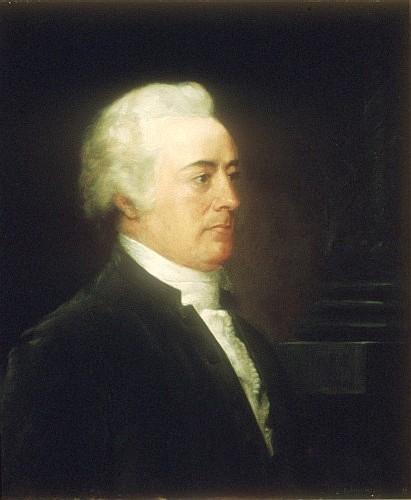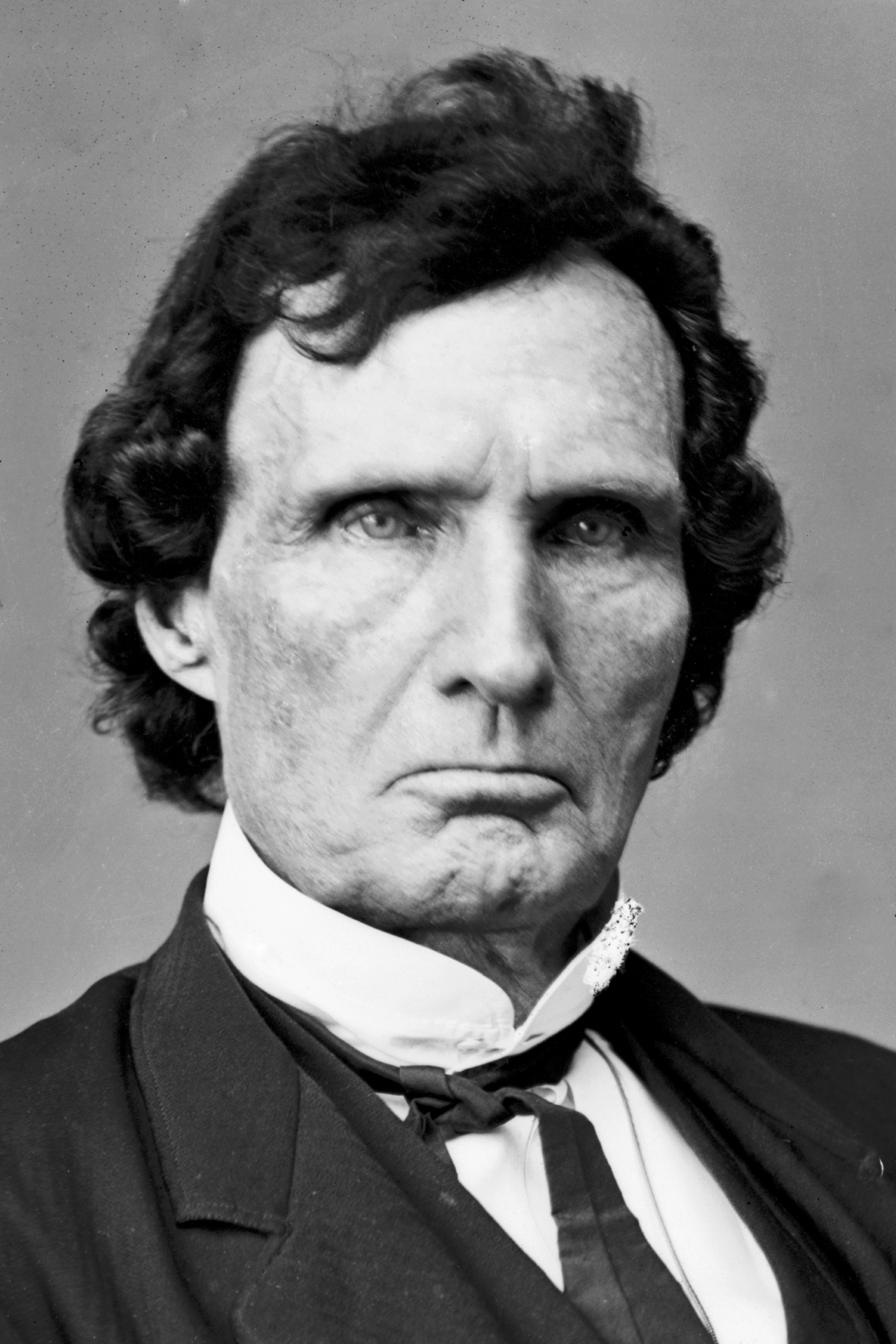|
Reorganization Act Of 1939
The Reorganization Act of 1939, , is an American Act of Congress which gave the President of the United States the authority to hire additional confidential staff and reorganize the executive branch (within certain limits) for two years subject to legislative veto.Dickinson, Matthew J. ''Bitter Harvest: FDR, Presidential Power and the Growth of the Presidential Branch.'' New York: Cambridge University Press, 1999. It was the first major, planned reorganization of the executive branch of the government of the United States since 1787.Mosher, Frederick C. ''American Public Administration: Past, Present, Future.'' 2d ed. Birmingham, Ala.: University of Alabama Press, 1975. The Act led to Reorganization Plan No. 1, which created the Executive Office of the President. 1937 bill As Governor of New York, Franklin D. Roosevelt had a reputation for reorganizing government in order to achieve efficiency.Olson, James Stuart. ''Historical Dictionary of the Great Depression, 1929–1940 ... [...More Info...] [...Related Items...] OR: [Wikipedia] [Google] [Baidu] |
Budget And Accounting Act
The Budget and Accounting Act of 1921 () was landmark legislation that established the framework for the modern federal budget. The act was approved by President Warren G. Harding to provide a national budget system and an independent audit of government accounts. The official title of this act is "The General Accounting Act of 1921", but is frequently referred to as "the budget act", or "the Budget and Accounting Act". This act meant that for the first time, the president would be required to submit an annual budget for the entire federal government to Congress. The object of the budget bill was to consolidate the spending agencies in both the executive and legislative branches of the government. The act created the Bureau of the Budget, now called the Office of Management and Budget (OMB), to review funding requests from government departments and to assist the president in formulating the budget. The OMB mandates that all government estimates, receipts, and expenditures be cl ... [...More Info...] [...Related Items...] OR: [Wikipedia] [Google] [Baidu] |
Louis Brownlow
Louis Brownlow (August 29, 1879 – September 27, 1963) was an American author, political scientist, and consultant in the area of public administration. As chairman of the Committee on Administrative Management (better known as the Brownlow Committee) in 1937, he co-authored a report which led to passage of the Reorganization Act of 1939 and the creation of the Executive Office of the President. While chairing the Committee on Administrative Management, Brownlow called several of President of the United States, President Franklin D. Roosevelt's advisors men with "a passion for anonymity"—which later became a popular phrase."Louis Brownlow, 84, Writer on Politics." ''The New York Times.'' September 28, 1963. Early life and career Louis Brownlow was born in Buffalo, Missouri, in August 1879.Richard C. S. Trahair, ''From Aristotelian to Reaganomics: A Dictionary of Eponyms With Biographies in the Social Science'' (Bloomsbury Academic, 1994) p. 89. His parents were Robert Sims and ... [...More Info...] [...Related Items...] OR: [Wikipedia] [Google] [Baidu] |
United States House Of Representatives Elections, 1938
The 1938 United States House of Representatives elections was an election for the United States House of Representatives were elections for the United States House of Representatives to elect members to serve in the 76th United States Congress. They were held for the most part on November 8, 1938, while Maine held theirs on September 12. They occurred in the middle of President Franklin D. Roosevelt's second term. Roosevelt's Democratic Party lost a net of 72 seats to the Republican Party, who also picked up seats from minor Progressive and Farmer–Labor Parties. Multiple factors contributed to the Democratic decline. One main reason was the Recession of 1937. Unemployment soared, undercutting the Democrats' claim that the New Deal had ended the Great Depression. Democrats fought among themselves, especially over Roosevelt's "Court Packing" plan. In addition, there was backlash against Roosevelt's intervention in the Democratic primaries which angered conservative Democrat ... [...More Info...] [...Related Items...] OR: [Wikipedia] [Google] [Baidu] |
James F
James may refer to: People * James (given name) * James (surname) * James (musician), aka Faruq Mahfuz Anam James, (born 1964), Bollywood musician * James, brother of Jesus * King James (other), various kings named James * Prince James (other) * Saint James (other) Places Canada * James Bay, a large body of water * James, Ontario United Kingdom * James College, a college of the University of York United States * James, Georgia, an unincorporated community * James, Iowa, an unincorporated community * James City, North Carolina * James City County, Virginia ** James City (Virginia Company) ** James City Shire * James City, Pennsylvania * St. James City, Florida Film and television * ''James'' (2005 film), a Bollywood film * ''James'' (2008 film), an Irish short film * ''James'' (2022 film), an Indian Kannada-language film * "James", a television episode of ''Adventure Time'' Music * James (band), a band from Manchester ** ''James'', ... [...More Info...] [...Related Items...] OR: [Wikipedia] [Google] [Baidu] |
Burton K
Burton, Burtons, or Burton's may refer to: Companies * Burton (retailer), a clothing retailer ** Burton's, Abergavenny, a shop built for the company in 1937 **The Montague Burton Building, Dublin a shop built for the company between 1929 and 1930 *Burton Brewery Company *Burton Snowboards * Burton's Biscuit Company People * Burton (name) (includes list of people with the name) Places Australia * Burton, Queensland * Burton, South Australia Canada * Burton, British Columbia * Burton, New Brunswick * Burton Parish, New Brunswick * Burton, Prince Edward Island * Burtons, Nova Scotia United Kingdom England * Burton (near Neston), on the Wirral Peninsula, Cheshire * Burton (near Tarporley), in the area of Cheshire West and Chester, Cheshire * Burton-in-Kendal, Cumbria * Burton, Dorset * Burton on the Wolds, Leicestershire * Burton Latimer, Northamptonshire * Burton, Lincolnshire * Burton-upon-Stather, North Lincolnshire * Burton in Lonsdale, North Yorkshire ... [...More Info...] [...Related Items...] OR: [Wikipedia] [Google] [Baidu] |
Supreme Court Of The United States
The Supreme Court of the United States (SCOTUS) is the highest court in the federal judiciary of the United States. It has ultimate appellate jurisdiction over all Federal tribunals in the United States, U.S. federal court cases, and over State court (United States), state court cases that turn on questions of Constitution of the United States, U.S. constitutional or Law of the United States, federal law. It also has Original jurisdiction of the Supreme Court of the United States, original jurisdiction over a narrow range of cases, specifically "all Cases affecting Ambassadors, other public Ministers and Consuls, and those in which a State shall be Party." In 1803, the Court asserted itself the power of Judicial review in the United States, judicial review, the ability to invalidate a statute for violating a provision of the Constitution via the landmark case ''Marbury v. Madison''. It is also able to strike down presidential directives for violating either the Constitution or s ... [...More Info...] [...Related Items...] OR: [Wikipedia] [Google] [Baidu] |
Associate Justice Of The Supreme Court Of The United States
An associate justice of the Supreme Court of the United States is a Justice (title), justice of the Supreme Court of the United States, other than the chief justice of the United States. The number of associate justices is eight, as set by the Judiciary Act of 1869. Appointments Clause, Article II, Section 2, Clause 2 of the Constitution of the United States grants plenary power to the President of the United States, president to nominate, and with the advice and consent (confirmation) of the United States Senate, Senate, appoint justices to the Supreme Court. Article Three of the United States Constitution, Article III, Section 1 of the Constitution effectively grants life tenure to associate justices, and all other United States federal judge, federal judges, which ends only when a justice dies, retires, resigns, or is Federal impeachment in the United States, impeached and convicted. Each Supreme Court justice has a single vote in deciding the cases argued before it, and the ... [...More Info...] [...Related Items...] OR: [Wikipedia] [Google] [Baidu] |
Judiciary Reorganization Bill Of 1937
The Judicial Procedures Reform Bill of 1937, frequently called the "court-packing plan",Epstein, at 451. was a legislative initiative proposed by U.S. President Franklin D. Roosevelt to add more justices to the U.S. Supreme Court in order to obtain favorable rulings regarding New Deal legislation that the Court had ruled unconstitutional.Leuchtenburg, at 115ff. The central provision of the bill would have granted the president power to appoint an additional justice to the U.S. Supreme Court, up to a maximum of six, for every member of the court over the age of 70 years. In the Judiciary Act of 1869, Congress had established that the Supreme Court would consist of the chief justice and eight associate justices. During Roosevelt's first term, the Supreme Court struck down several New Deal measures as being unconstitutional. Roosevelt sought to reverse this by changing the makeup of the court through the appointment of new additional justices who he hoped would rule that his ... [...More Info...] [...Related Items...] OR: [Wikipedia] [Google] [Baidu] |
Republican Party (United States)
The Republican Party, also known as the Grand Old Party (GOP), is a Right-wing politics, right-wing political parties in the United States, political party in the United States. One of the Two-party system, two major parties, it emerged as the main rival of the then-dominant Democratic Party (United States), Democratic Party in the 1850s, and the two parties have dominated American politics since then. The Republican Party was founded in 1854 by anti-slavery activists opposing the Kansas–Nebraska Act and the expansion of slavery in the United States, slavery into U.S. territories. It rapidly gained support in the Northern United States, North, drawing in former Whig Party (United States), Whigs and Free Soil Party, Free Soilers. Abraham Lincoln's 1860 United States presidential election, election in 1860 led to the secession of Southern states and the outbreak of the American Civil War. Under Lincoln and a Republican-controlled Congress, the party led efforts to preserve th ... [...More Info...] [...Related Items...] OR: [Wikipedia] [Google] [Baidu] |
Comptroller General Of The United States
The comptroller general of the United States is the director of the Government Accountability Office (GAO, formerly known as the General Accounting Office), a legislative-branch agency established by Congress in 1921 to ensure the fiscal and managerial accountability of the federal government. Overview The Budget and Accounting Act of 1921 "created an establishment of the Government to be known as the General Accounting Office, which shall be independent of the executive departments and under the control and direction of the Comptroller General of the United States". The act also provided that the "Comptroller General shall investigate, at the seat of government or elsewhere, all matters relating to the receipt, disbursement, and application of public funds, and shall make to the President when requested by him, and to Congress... recommendations looking to greater economy or efficiency in public expenditures." The comptroller general is appointed for fifteen years by the pre ... [...More Info...] [...Related Items...] OR: [Wikipedia] [Google] [Baidu] |
Patronage
Patronage is the support, encouragement, privilege, or financial aid that an organization or individual bestows on another. In the history of art, art patronage refers to the support that princes, popes, and other wealthy and influential people have provided to artists such as musicians, painters, and sculptors. It can also refer to the right of bestowing offices or church benefices, the business given to a store by a regular customer, and the guardianship of saints. The word ''patron'' derives from the Latin ('patron'), one who gives benefits to his clients (see patronage in ancient Rome). In some countries, the term is used to describe political patronage or patronal politics, which is the use of state resources to reward individuals for their electoral support. Some patronage systems are legal, as in the Canadian tradition of the prime minister appointing senators and the heads of a number of commissions and agencies; in many cases, these appointments go to people who ha ... [...More Info...] [...Related Items...] OR: [Wikipedia] [Google] [Baidu] |
United States Cabinet
The Cabinet of the United States is the principal official advisory body to the president of the United States. The Cabinet generally meets with the president in Cabinet Room (White House), a room adjacent to the Oval Office in the West Wing of the White House. The president chairs the meetings but is not formally a member of the Cabinet. The Vice President of the United States, vice president of the United States serves in the Cabinet by statute. The heads of departments, appointed by the president and confirmed by the United States Senate, Senate, are members of the Cabinet, and acting department heads also participate in Cabinet meetings whether or not they have been officially nominated for Senate confirmation. Members of the Cabinet are political appointees and administratively operate their departments. As appointed officers heading federal agencies, these Cabinet secretaries are executives with full administrative control over their respective departments. The president ma ... [...More Info...] [...Related Items...] OR: [Wikipedia] [Google] [Baidu] |







